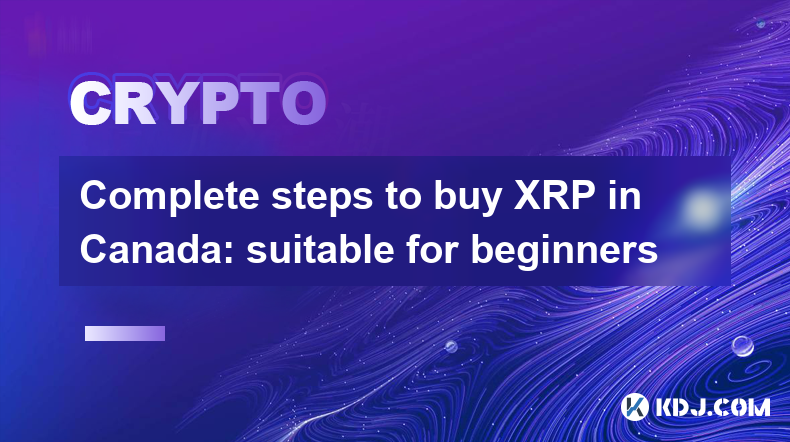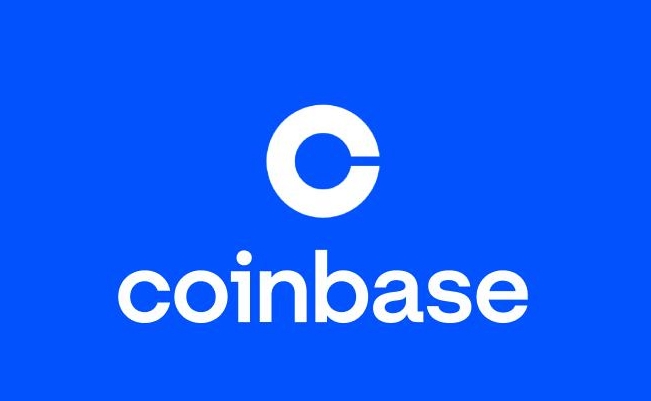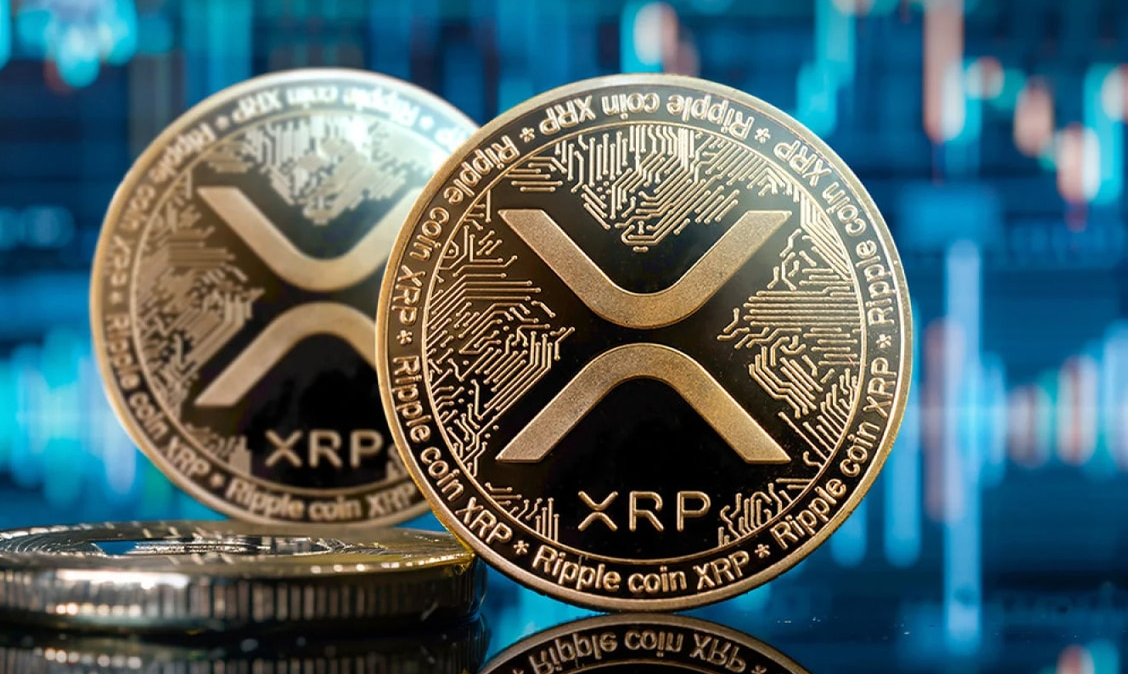-
 Bitcoin
Bitcoin $108,262.4325
-1.40% -
 Ethereum
Ethereum $2,518.2882
-2.94% -
 Tether USDt
Tether USDt $1.0003
-0.01% -
 XRP
XRP $2.2262
-1.71% -
 BNB
BNB $653.9254
-1.55% -
 Solana
Solana $148.1036
-3.11% -
 USDC
USDC $1.0000
0.01% -
 TRON
TRON $0.2829
-1.45% -
 Dogecoin
Dogecoin $0.1639
-4.82% -
 Cardano
Cardano $0.5742
-4.43% -
 Hyperliquid
Hyperliquid $38.9506
-3.95% -
 Sui
Sui $2.9040
-4.34% -
 Bitcoin Cash
Bitcoin Cash $484.8307
-2.62% -
 Chainlink
Chainlink $13.1971
-3.73% -
 UNUS SED LEO
UNUS SED LEO $9.0822
0.51% -
 Avalanche
Avalanche $17.8613
-4.01% -
 Stellar
Stellar $0.2385
-2.26% -
 Toncoin
Toncoin $2.7570
-3.88% -
 Shiba Inu
Shiba Inu $0.0...01145
-3.99% -
 Litecoin
Litecoin $86.9999
-2.43% -
 Hedera
Hedera $0.1538
-3.90% -
 Monero
Monero $313.7554
-2.03% -
 Polkadot
Polkadot $3.3681
-5.08% -
 Dai
Dai $1.0000
0.00% -
 Ethena USDe
Ethena USDe $1.0001
-0.01% -
 Bitget Token
Bitget Token $4.4401
-2.97% -
 Uniswap
Uniswap $6.9644
-8.41% -
 Pepe
Pepe $0.0...09666
-4.79% -
 Aave
Aave $266.5686
-5.04% -
 Pi
Pi $0.4713
-4.95%
Complete steps to buy XRP in Canada: suitable for beginners
Purchase XRP in Canada You can register an account and complete KYC through Coinbase, Coinsquare or Netcoins, recharge funds and purchase XRP on the trading platform. Finally, you can choose to store the trading platform wallet, software wallet or hardware wallet.
Apr 11, 2025 at 04:13 pm

1. Choose a reliable cryptocurrency trading platform
Coinbase : It is well-known worldwide and is known for its high security and user experience friendly. It provides a simple and intuitive operating interface, which can be easily used by even inexperienced novices. Coinbase supports a variety of payment methods and operates legally and compliantly in Canada to protect investors' transactions.

Coinsquare : This is a well-established cryptocurrency trading platform in Canada. Since its establishment in 2014, it has accumulated a good reputation. The platform's transaction fees are transparent, which has certain advantages in compliance and transaction convenience for Canadian investors. It not only supports XRP transactions, but also provides a variety of mainstream digital currencies to buy and sell services.
Netcoins : Also a well-known cryptocurrency trading platform in Canada, it is favored by investors for its strict security measures and rich trading varieties. The platform is more friendly to new users and provides detailed trading guides and customer service support to help beginners quickly become familiar with the trading process.
2. Create a trading platform account
Fill in the registration information : After selecting the trading platform, enter its official website or download the corresponding mobile application. Click the registration button and follow the prompts to fill in your personal information, usually including your name, email address, mobile phone number, etc. Be sure to make sure the information you fill out is true and valid, as the platform may authenticate later.
Set an account password : Set a strong password that contains letters (case), numbers and special characters, and is long enough to enhance the security of the account. At the same time, it is recommended to enable the two-factor authentication function, such as logging in and verifying through the SMS verification code or the identity verification device to further ensure account security.
Complete Identity Authentication (KYC) : In order to comply with relevant regulations such as anti-money laundering and understanding your customers, trading platforms usually require users to authenticate. This step requires uploading valid identity documents, such as ID card, passport or driver's license. Some platforms may also need to provide proof of residence address, such as utility bills, bank statements, etc. After submitting the information, wait for the platform to review. The review time may vary depending on the platform and personal situation, usually ranging from several hours to several days.
3. Recharge funds to the transaction account
Bank transfer : This is a relatively common and safe way to top up. In the fund recharge interface of the trading platform, select the bank transfer option and follow the prompts to fill in the bank account information and recharge amount. It should be noted that bank transfers may require a certain handling fee, and the arrival time may be long, generally 1-3 working days, depending on the bank's processing speed and platform regulations.
Credit card/debit card payment : Some trading platforms support credit card or debit card recharge. Select the corresponding payment method in the recharge interface, enter the credit or debit card information and the recharge amount. Payment with credit/debit card is usually faster, but may incur higher fees, and some banks may limit or prohibit payments for cryptocurrency transactions, and it is recommended to consult the bank before the operation.
Third-party payment platform : If the transaction platform supports it, you can also use third-party payment platforms such as Google Pay and Apple Pay to recharge. This method is convenient to operate, and the payment process is similar to the daily use of third-party payment for shopping. Similarly, a certain handling fee may be involved, and the specific fees can be checked on the trading platform.
4. Purchase XRP on the trading platform

Enter the trading interface : After completing the account recharge, log in to the trading platform and find the corresponding trading interface. Generally, there will be related entrances such as "transaction", "buy and sell" on the platform homepage or navigation bar.
Select XRP trading pair : In the trading interface, find the trading pair for XRP. Common trading pairs include XRP/CAD (Canadian dollars), which means purchasing XRP in Canadian dollars. If the platform supports multiple digital currency transactions, be careful to make sure that you choose XRP-related trading pairs.
Select a transaction type :
Market Price Order : When selecting a market price order, the system will immediately trade your order according to the best price in the current market. This method of trading is fast, but the transaction price may vary slightly due to market fluctuations.
Limit order : Limit order allows you to set an expected purchase price. The order will only be completed when the market price reaches or is better than the price you set. Using limit orders can better control the purchase cost, but it may take some time to complete the transaction, especially when market prices fluctuate greatly.
Enter the purchase amount : According to your investment plan, enter the amount you want to purchase XRP in the trading interface. You can choose to enter it in the Canadian dollar amount, and the trading platform will automatically convert it into the corresponding XRP quantity according to the current exchange rate; you can also directly enter the XRP quantity you want to purchase.
Confirm and submit an order : Carefully check the transaction information, including transaction pairs, transaction type, purchase amount or quantity, etc. After ensuring that it is correct, click the "Confirm Purchase" or "Submit Order" button. At this time, the trading platform will process it according to your order. If the transaction is successful, XRP will be displayed in your trading account.
5. Store purchased XRP
Trading Platform Wallet : The purchased XRP can be temporarily stored in the wallet provided by the trading platform. This method is easy to operate and facilitates subsequent transactions on the platform. But it should be noted that the transaction platform wallet is a hot wallet and is connected to the Internet, which poses certain security risks. If you hold a large amount of XRP for a long time, it is not recommended to use only the trading platform wallet storage.
Software Wallet : Software Wallet is an application installed on a computer or mobile phone, providing more personalized wallet management functions. Common software wallets include Ledger Live, Trust Wallet, etc. After downloading and installing the software wallet, transfer the XRP on the trading platform to the software wallet according to the wallet creation and import steps. Software wallets are more secure than transaction platform wallets, and users have more control over private keys.
Hardware wallet : Hardware wallet is a physical device specially used to store cryptocurrencies, such as Ledger Nano S, Trezor, etc. Hardware wallets greatly improve the security of assets by storing private keys in offline devices. When using a hardware wallet, first purchase the hardware device and set and initialize it according to the device instructions. Then initiate a withdrawal operation on the trading platform and transfer XRP to the corresponding address of the hardware wallet. Hardware wallets are suitable for investors who have extremely high asset security requirements and hold a large amount of XRP for a long time.
Disclaimer:info@kdj.com
The information provided is not trading advice. kdj.com does not assume any responsibility for any investments made based on the information provided in this article. Cryptocurrencies are highly volatile and it is highly recommended that you invest with caution after thorough research!
If you believe that the content used on this website infringes your copyright, please contact us immediately (info@kdj.com) and we will delete it promptly.
- Bitcoin's Pattern Break: Are HODLers the Key to the Next Surge?
- 2025-07-04 18:50:12
- Bitcoin Price, Trump's Bill, and the $150K Dream: A NYC Take
- 2025-07-04 19:50:12
- Ethereum, LILPEPE, and the July Bounce: Will Pepe Steal ETH's Thunder?
- 2025-07-04 19:10:12
- Binance Institutional Loans: Unlocking 4x Leverage and Zero Interest for Whales
- 2025-07-04 19:15:12
- Bitcoin Bull Run: Analysts Eye Peak in Late 2025?
- 2025-07-04 19:20:13
- Pepe Indicators, Bullish Forecast: Can the Meme Coin Rally?
- 2025-07-04 19:25:12
Related knowledge

How to customize USDT TRC20 mining fees? Flexible adjustment tutorial
Jun 13,2025 at 01:42am
Understanding USDT TRC20 Mining FeesMining fees on the TRON (TRC20) network are essential for processing transactions. Unlike Bitcoin or Ethereum, where miners directly validate transactions, TRON uses a delegated proof-of-stake (DPoS) mechanism. However, users still need to pay bandwidth and energy fees, which are collectively referred to as 'mining fe...

USDT TRC20 transaction is stuck? Solution summary
Jun 14,2025 at 11:15pm
Understanding USDT TRC20 TransactionsWhen users mention that a USDT TRC20 transaction is stuck, they typically refer to a situation where the transfer of Tether (USDT) on the TRON blockchain has not been confirmed for an extended period. This issue may arise due to various reasons such as network congestion, insufficient transaction fees, or wallet-rela...

How to cancel USDT TRC20 unconfirmed transactions? Operation guide
Jun 13,2025 at 11:01pm
Understanding USDT TRC20 Unconfirmed TransactionsWhen dealing with USDT TRC20 transactions, it’s crucial to understand what an unconfirmed transaction means. An unconfirmed transaction is one that has been broadcasted to the blockchain network but hasn’t yet been included in a block. This typically occurs due to low transaction fees or network congestio...

How to check USDT TRC20 balance? Introduction to multiple query methods
Jun 21,2025 at 02:42am
Understanding USDT TRC20 and Its ImportanceUSDT (Tether) is one of the most widely used stablecoins in the cryptocurrency market. It exists on multiple blockchain networks, including TRC20, which operates on the Tron (TRX) network. Checking your USDT TRC20 balance accurately is crucial for users who hold or transact with this asset. Whether you're sendi...

What to do if USDT TRC20 transfers are congested? Speed up trading skills
Jun 13,2025 at 09:56am
Understanding USDT TRC20 Transfer CongestionWhen transferring USDT TRC20, users may occasionally experience delays or congestion. This typically occurs due to network overload on the TRON blockchain, which hosts the TRC20 version of Tether. Unlike the ERC20 variant (which runs on Ethereum), TRC20 transactions are generally faster and cheaper, but during...

The relationship between USDT TRC20 and TRON chain: technical background analysis
Jun 12,2025 at 01:28pm
What is USDT TRC20?USDT TRC20 refers to the Tether (USDT) token issued on the TRON blockchain using the TRC-20 standard. Unlike the more commonly known ERC-20 version of USDT (which runs on Ethereum), the TRC-20 variant leverages the TRON network's infrastructure for faster and cheaper transactions. The emergence of this version came as part of Tether’s...

How to customize USDT TRC20 mining fees? Flexible adjustment tutorial
Jun 13,2025 at 01:42am
Understanding USDT TRC20 Mining FeesMining fees on the TRON (TRC20) network are essential for processing transactions. Unlike Bitcoin or Ethereum, where miners directly validate transactions, TRON uses a delegated proof-of-stake (DPoS) mechanism. However, users still need to pay bandwidth and energy fees, which are collectively referred to as 'mining fe...

USDT TRC20 transaction is stuck? Solution summary
Jun 14,2025 at 11:15pm
Understanding USDT TRC20 TransactionsWhen users mention that a USDT TRC20 transaction is stuck, they typically refer to a situation where the transfer of Tether (USDT) on the TRON blockchain has not been confirmed for an extended period. This issue may arise due to various reasons such as network congestion, insufficient transaction fees, or wallet-rela...

How to cancel USDT TRC20 unconfirmed transactions? Operation guide
Jun 13,2025 at 11:01pm
Understanding USDT TRC20 Unconfirmed TransactionsWhen dealing with USDT TRC20 transactions, it’s crucial to understand what an unconfirmed transaction means. An unconfirmed transaction is one that has been broadcasted to the blockchain network but hasn’t yet been included in a block. This typically occurs due to low transaction fees or network congestio...

How to check USDT TRC20 balance? Introduction to multiple query methods
Jun 21,2025 at 02:42am
Understanding USDT TRC20 and Its ImportanceUSDT (Tether) is one of the most widely used stablecoins in the cryptocurrency market. It exists on multiple blockchain networks, including TRC20, which operates on the Tron (TRX) network. Checking your USDT TRC20 balance accurately is crucial for users who hold or transact with this asset. Whether you're sendi...

What to do if USDT TRC20 transfers are congested? Speed up trading skills
Jun 13,2025 at 09:56am
Understanding USDT TRC20 Transfer CongestionWhen transferring USDT TRC20, users may occasionally experience delays or congestion. This typically occurs due to network overload on the TRON blockchain, which hosts the TRC20 version of Tether. Unlike the ERC20 variant (which runs on Ethereum), TRC20 transactions are generally faster and cheaper, but during...

The relationship between USDT TRC20 and TRON chain: technical background analysis
Jun 12,2025 at 01:28pm
What is USDT TRC20?USDT TRC20 refers to the Tether (USDT) token issued on the TRON blockchain using the TRC-20 standard. Unlike the more commonly known ERC-20 version of USDT (which runs on Ethereum), the TRC-20 variant leverages the TRON network's infrastructure for faster and cheaper transactions. The emergence of this version came as part of Tether’s...
See all articles

























































































